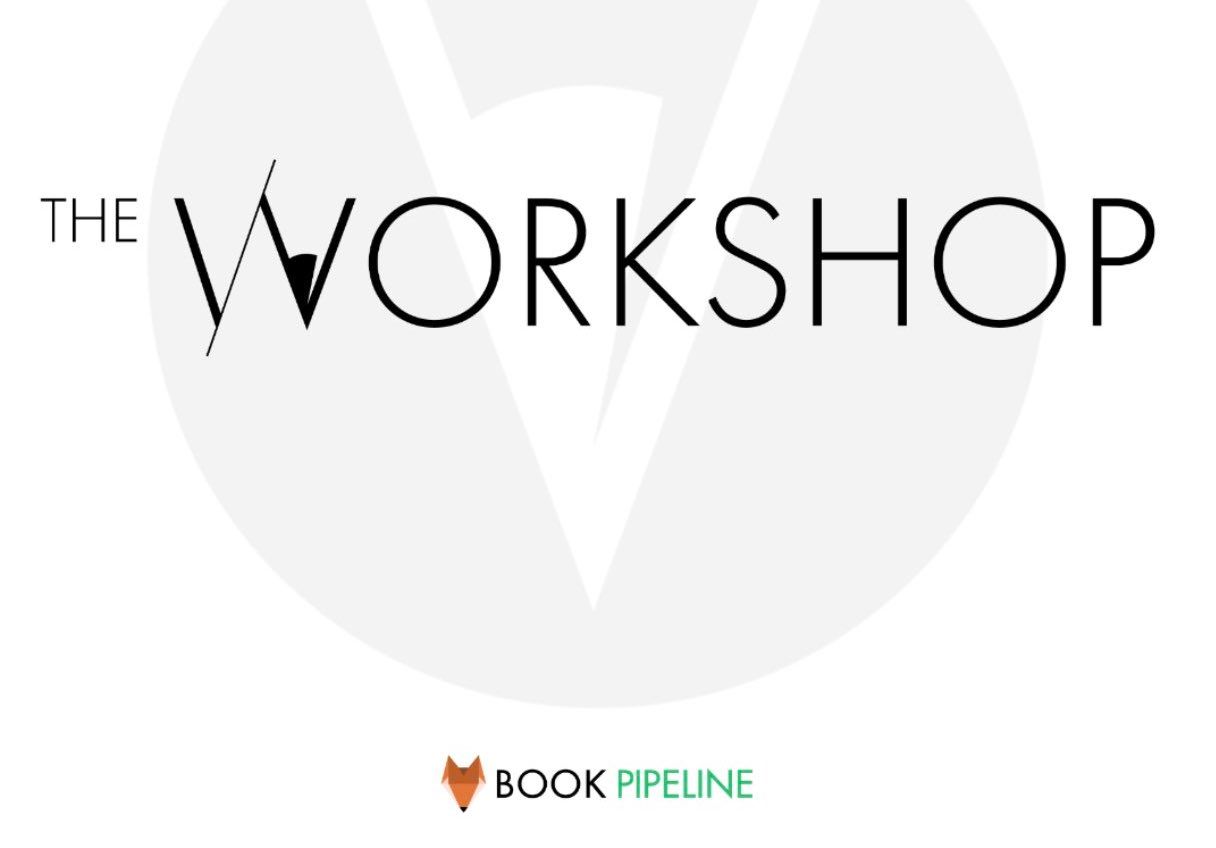
Crafting a Compelling Character Desire
What does your character actually want? What does your MC desire more than anything else?
If you’ve gotten those questions from a reader critique or in an editor’s feedback, take heart. You aren’t the only one. A lot of writers struggle to define a specific character desire and then get it on the page in a compelling way.
But that doesn’t mean you throw your hands up and let yourself off the hook. Character desire is a vital component to a compelling novel. You need to take the time to get this right (in revisions, though ... first drafts are about discovery, not flawless execution).
When readers can’t tell what your character actually wants, it leaves the story feeling flat and directionless.
It’s like the character is being batted around by the plot. The MC doesn’t have any agency. They’re not the one driving the action.
Here’s what you need to know about character desire:
- It’s born out of backstory
- It’s specific
Most characters walk onto page one of your story with a past. That backstory impacts who they are, what they believe, and how they view the world. It affects their voice, their personality, and—for the purpose of this conversation—their desire. Their internal and external goals.
When crafting character backstory, be careful of these common mistakes:
- Figuring out multi-generational genealogies and 100s of years of historical events.
- Filling out a list of random childhood events without a plan for which ones most matter for the story you’re telling.
- Making a timeline of childhood milestones like first steps or first use of magic.
- Trying to figure out everything that ever happened to a character.
Instead, you want to identify the 3-5 key moments in the character’s past that solidified their worldview at the start of your novel.
For example, in The Coldest Touch (my 2021 YA vampire novel), I knew I wanted my trapped-at-17 vampire MC, Claire Montgomery, to have a chip on her shoulder when it came to love. She believed that people only wanted to use her, that no one ever actually cared about her. Claire thought being a vampire made her unlovable.
As a result, she has two major desires in the book. She consciously desires revenge against the vampire who created her. Subconsciously, she desperately wants to be loved for who she is.
For that to be a compelling desire, I needed to know why she felt so unworthy of love. She needed to have proof to back up this point of view. Otherwise, readers wouldn’t believe the pain this caused her. They might even think she was being overly dramatic.
So, I wrote a handful of key scenes to help myself understand her better:
- In the 1920s, Claire’s best friend kisses her to “practice for a boy.” When said friend realizes that Claire liked the kiss, she breaks Claire’s heart.
- Soon after, a vampire takes Claire under her wing and promises an eternity of romance. But when Claire wakes up as a vampire and panics when she finds the remains of her first kill, Claire is abandoned again.
- Decades later, Claire falls in love with a mortal girl. Except … the mortal was only pretending to love her so that Claire would agree to make her a vampire, too. Ouch.
Once I’d written those pieces of backstory, I had a much stronger sense of who Claire was. Armed with this backstory, I moved on to part two of a creating compelling character desire: making her goals specific.
Claire wants revenge against the vampire who created her. Revenge is a common desire in many novels, and it only really works if two things are true:
1.) The reader knows what revenge means. As in, how will the main character know they’ve accomplished their revenge? How deep are we going here? Literal death? Metaphorical death of the image or reputation? What would that even look like?
2.) The reader needs to understand WHY the character is so desperate for said revenge.
This is true for every character desire. You want to get as specific as possible. If you find yourself with a generic or thematic desire (revenge, freedom, independence, etc.), ask yourself how will the character know they achieved their goal? What external signs would show them that they crossed the finish line?
For Claire, her idea of revenge was fairly simple. She wanted to end Rose’s afterlife. No more Rose. “Head no longer attached to her body” kind of dead.
Do the same for your characters. What exactly do they want? How will they know they have freedom? How will they know they’ve achieved independence? What would that actually look like externally?
Next, we ask WHY they want that thing.
Often, this comes down to a feeling. What does your character think they’ll feel after they get their revenge, secure the promotion at work, save the world from the evil wizard, or get their happily ever after?
For Claire, even though she didn’t think revenge would fix her issue of being unlovable, she did think it would give her closure. If she could kill the woman who stole her mortality, maybe then she could decide how she wants to use the endless years ahead of her.
Getting all of this information on the page—in a natural yet compelling way—is the next challenge.
You don’t want to info dump all those backstory scenes you wrote. You don’t want to get two characters talking and have one of those “As you know, Bob, my father is a piece of work, and I’m determined to oust him from the company and take over as president” moments.
While a full discussion of weaving backstory seamlessly into a story is beyond the scope of this article, I’ll leave you with a few pointers:
- Present events trigger memories: If you want to include a flashback or a bit of backstory, consider what would have to happen to trigger your character to think about that moment. Is it a familiar song? Something a loved one (or enemy) says? Overhearing a group of friends laughing?
- People—and therefore, characters—make meaning of the present based on their past: Whether seeing a dog makes your character shrink back in fear or hurry over to pet the four-legged ball of fluff depends on their past history with dogs. How a character reacts to a burning building depends on their past.
Taking the time to get specific about character desires—and uncovering the backstory that created those desires—is essential to crafting stories your readers simply cannot put down.
And that’s a goal I hope we all share.
*Feature photo by Ksenia Chernaya (Pexels)
